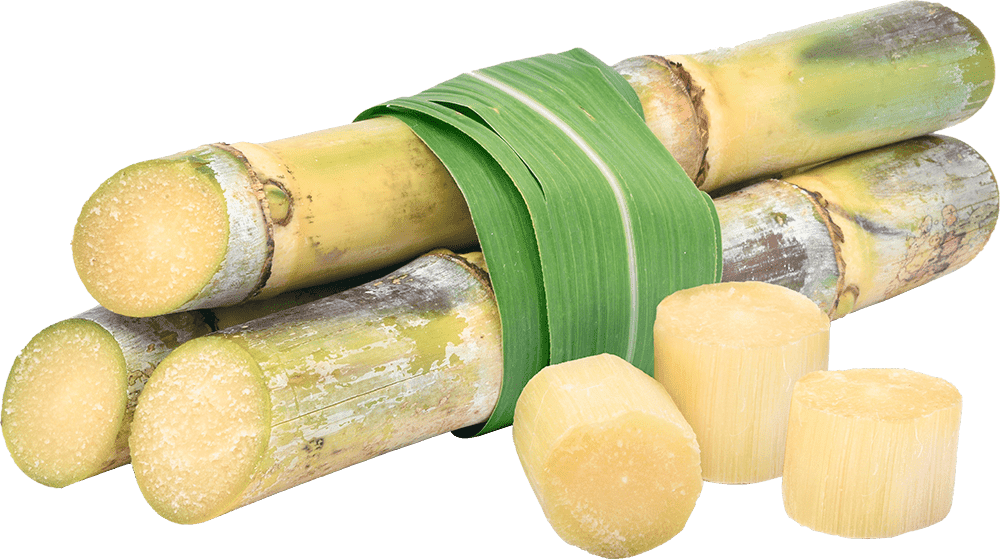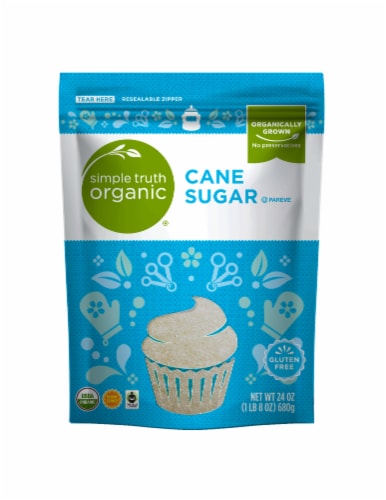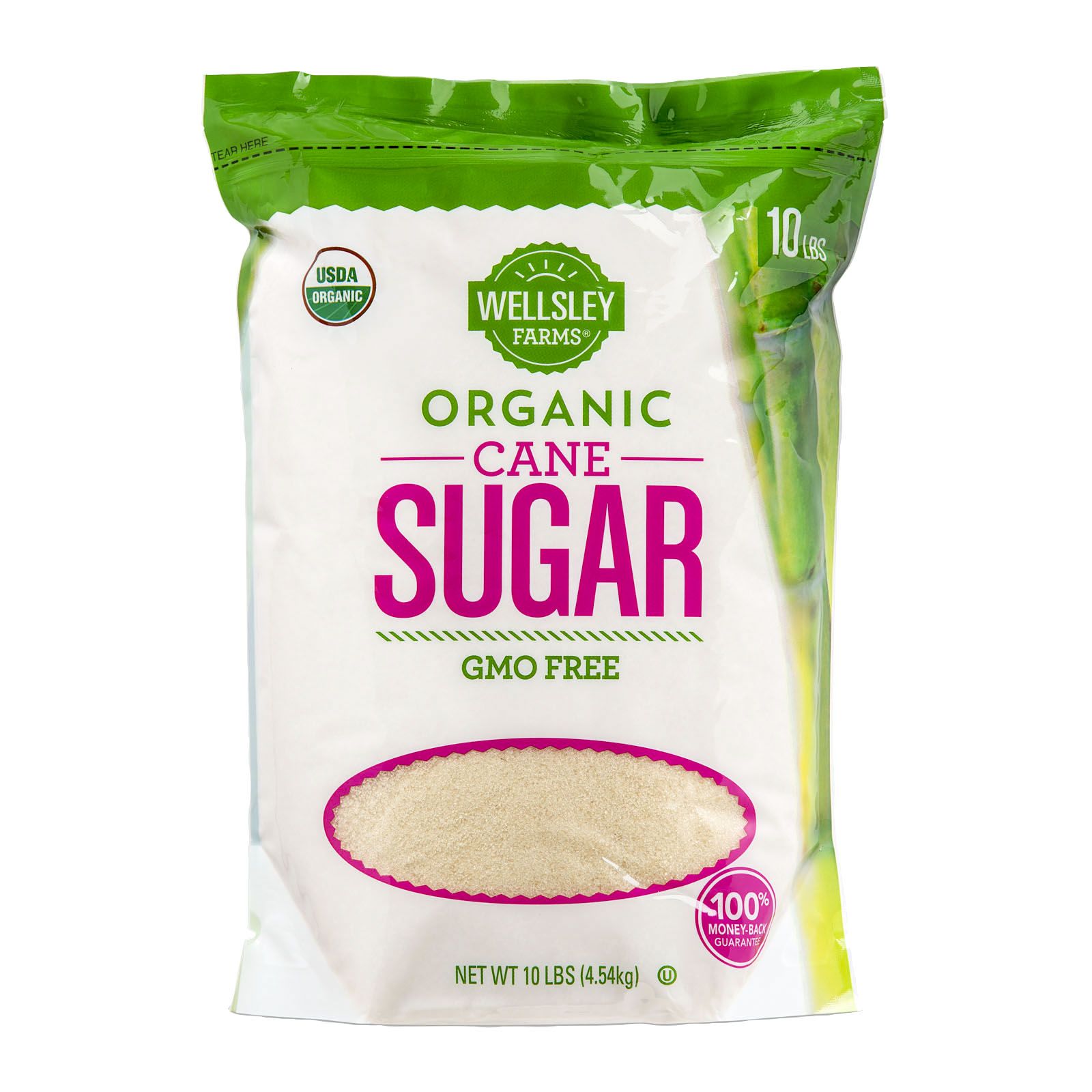Advanced Cane Sugar Processing: Enhancing Effectiveness and Sustainability
Advanced Cane Sugar Processing: Enhancing Effectiveness and Sustainability
Blog Article
Discovering the Comprehensive Steps Associated With Walking Cane Sugar Processing From Gathering to Improvement
The procedure of cane sugar manufacturing incorporates a series of intricate steps, beginning with the mindful harvesting of sugarcane and culminating in the improvement phases that ensure the final product satisfies sector standards. Each stage, from the extraction of juice to the purification and condensation procedures, plays an important function in establishing the quality and character of the sugar.
Harvesting Sugarcane
Harvesting sugarcane is an essential step in the walking stick sugar processing chain, as it straight influences the high quality and return of the final item. Appropriate timing and strategies are necessary during this stage to make certain ideal sugar material and minimize losses. Typically, sugarcane is gathered when it reaches maturation, typically 12 to 18 months after planting, identified by a high sucrose focus.

Post-harvest, the sugarcane must be processed quickly to avoid sucrose degradation. Preferably, gathered walking stick needs to be transported to refining facilities within 24-hour to protect sugar top quality. Therefore, reliable logistical planning is important to keep the honesty of the harvested plant throughout the supply chain.
Removal Process

The smashed cane is subjected to a collection of pushing operations to make best use of juice recovery. Commonly, hot water is sprayed onto the crushed cane, creating a countercurrent flow that aids liquify the sugar while likewise aiding in the removal procedure. The juice gathered from this procedure has not only sugar yet also different organic substances and contaminations.

To boost extraction efficiency, some centers might utilize diffusion techniques, where the sugarcane is taken in warm water, enabling the soluble sugars to diffuse into the fluid. The resulting juice, abundant in sucrose, is after that routed to subsequent handling stages, laying the foundation for purification and refinement. The extraction process is hence critical in figuring out the quality and return of the last sugar item.
Filtration Methods
The purification techniques utilized in walking cane sugar handling are vital for changing the raw juice into a high-grade sugar product. These methods mostly intend to get rid of pollutants, such as dirt, plant materials, and not natural substances, which can adversely affect the end product's taste and shade.
One of the most usual purification strategies view is explanation. This procedure involves adding lime and warmth to the raw juice, which facilitates the coagulation of impurities. The resulting precipitate is then removed with sedimentation or filtration, producing a more clear juice. Furthermore, the usage of phosphoric acid can improve the information procedure by additional binding contaminations.
Another considerable method is carbonatation, where carbon dioxide is introduced to the made clear juice. This reaction generates calcium carbonate, which captures staying contaminations and advertises their elimination.
Moreover, turned on carbon treatment may be put on adsorb any type of remaining colorants and natural contaminations, ensuring a more refined item. The combination of these approaches effectively prepares the sugar juice for succeeding action in the refining procedure, establishing the phase for the production of premium walking cane sugar.
Condensation Approaches
After the filtration stage, the following essential action in cane sugar handling involves formation methods, which play a critical role in changing the made clear juice into solid sugar. This process commonly employs two main approaches: spontaneous crystallization and regulated crystallization.
In spontaneous formation, supersaturated sugar services are allowed to cool naturally, leading to the formation of sugar crystals over time. This technique permits for the uniform development of sugar crystals and higher pureness.
Throughout crystallization, the cleared up juice is concentrated with dissipation, raising its sugar content up until it reaches supersaturation. When this point is achieved, either approach can facilitate the condensation procedure. Cane Sugar Processing. The resultant sugar crystals are then separated from the remaining syrup through centrifugation
Inevitably, the selection of formation approach impacts the quality, dimension, and pureness of the final sugar item, making this step vital in the general walking cane sugar processing procedure.
Refinement and Product Packaging
Exactly how can the pureness and top quality of walking cane sugar be additionally improved after crystallization? The refinement process plays a critical function in attaining high-quality walking stick sugar. Complying with condensation, sugar undergoes a complete cleaning to remove pollutants and residual molasses. This is typically achieved making use of cozy water or vapor, which aids dissolve and extract unwanted aspects while protecting the sugar crystals.
Following, the sugar goes through a process called centrifugation, where it is spun at high rates to separate the detoxified sugar crystals from the continuing to be fluid. After centrifugation, the sugar is typically further improved with a method called carbonization or phosphatation, which uses turned on carbon or phosphoric this content acid to remove shade and off-flavors.
When refined, the sugar is dried out to achieve the navigate to these guys desired wetness material, making sure that it continues to be stable during storage space and transportation. The last action involves packaging the refined sugar in moisture-proof and impermeable containers to maintain its quality and stop contamination. Cane Sugar Processing. Correct product packaging not only prolongs rack life however likewise helps with simple handling and circulation, guaranteeing that consumers obtain sugar that fulfills the highest possible requirements of pureness and quality
Final Thought
The thorough actions included in walking cane sugar processing, from the careful harvesting of sugarcane to the elaborate refinement and packaging phases, highlight the importance of each stage in ensuring high-grade sugar production. Optimal harvesting techniques, effective removal techniques, and rigorous purification procedures jointly add to the end product's purity and security. The formation and succeeding packaging practices even more improve the integrity and life span of the sugar, highlighting the intricacy and precision intrinsic in this vital farming industry.
The procedure of walking cane sugar production includes a series of intricate actions, beginning with the careful harvesting of sugarcane and finishing in the improvement phases that make sure the last product meets market standards. Preferably, gathered walking cane needs to be moved to refining centers within 24 hours to maintain sugar quality.In spontaneous condensation, supersaturated sugar solutions are permitted to cool normally, leading to the development of sugar crystals over time - Cane Sugar Processing. The improvement process plays an important duty in accomplishing top quality walking stick sugar.The comprehensive actions involved in walking stick sugar handling, from the precise harvesting of sugarcane to the detailed improvement and packaging phases, underscore the value of each stage in making sure high-quality sugar manufacturing
Report this page